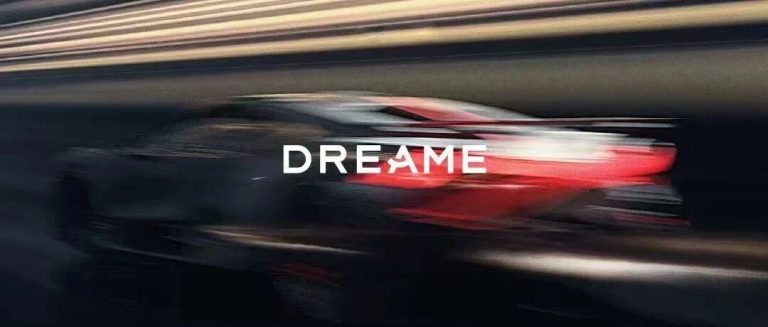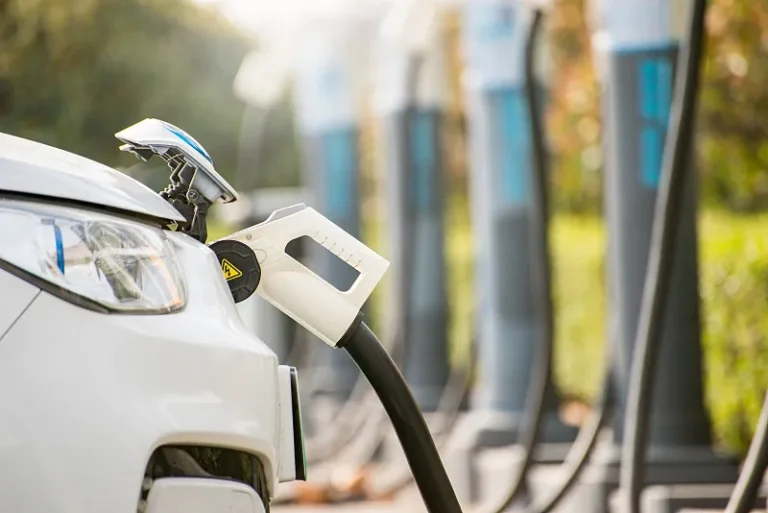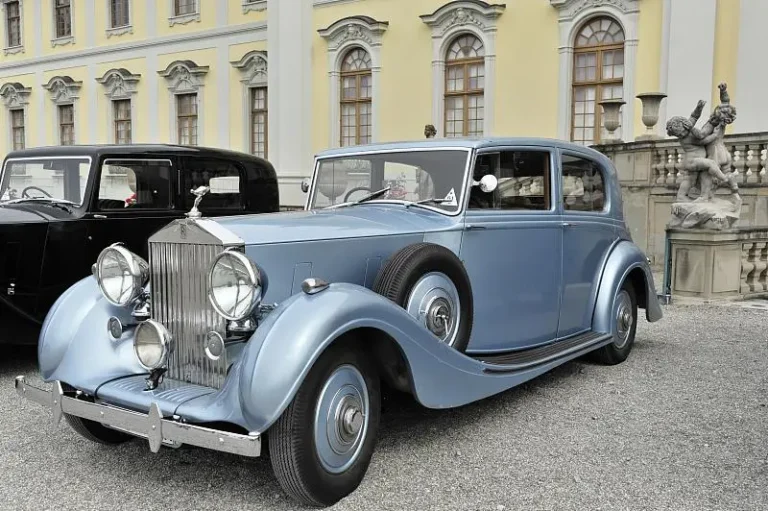Car Fuel Tank Tips: 8 Essential Things Every Driver Should Know
Car fuel tank tips can save you from confusion, wasted money, or even minor accidents.
If you’ve ever wondered why your fuel sprays out when refueling, or why the mechanic asked “hose clamp or screw clamp,” this guide will clear up the mysteries inside your car’s fuel tank.
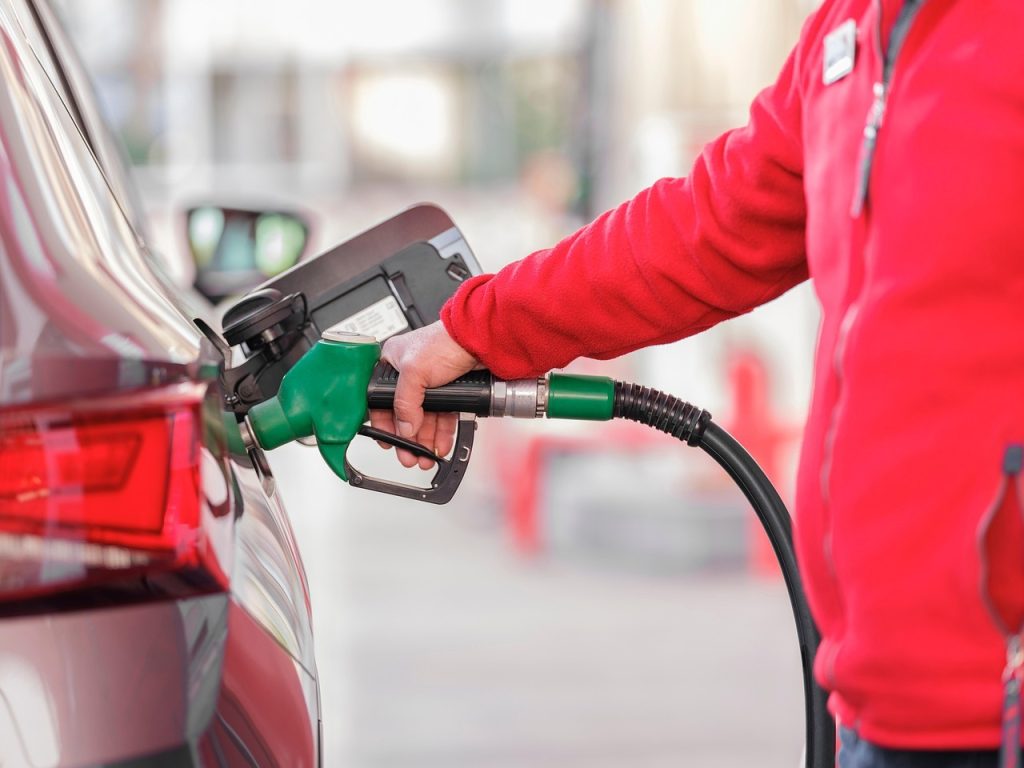
1. Replacements & Fault Diagnosis — Avoid Wrong Parts and Detect Problems Early
Fuel Hose Connection: Hose Clamp vs. Screw Clamp
Many drivers think hose clamps are all the same — wrong!
Factory fuel hoses usually use spring-type clamps (self-tensioning), which automatically adapt to temperature changes. When the connection expands or contracts due to heat or cold, the spring clamp keeps it sealed tight.
But screw-type clamps must be manually tightened. Over time, they loosen due to vibration or thermal expansion, increasing the risk of fuel leaks.
✅ Quick Tip:
- If your car originally uses spring clamps, don’t replace them with screw clamps.
- If it came with screw clamps, it’s fine to stick with them.
Rollover Valve: If Fuel Sprays When Refueling, Check This
The rollover valve near the tank inlet acts as a one-way door — fuel enters the tank, but never flows back out. It serves two critical roles:
- Safety: Prevents gasoline from leaking if the car tilts or rolls over.
- Pressure control: Stops fuel vapor from pushing gasoline back out when the tank is full.
If you notice fuel spraying from the filler neck, don’t panic — it’s usually a faulty or dislodged rollover valve. Get it checked promptly.
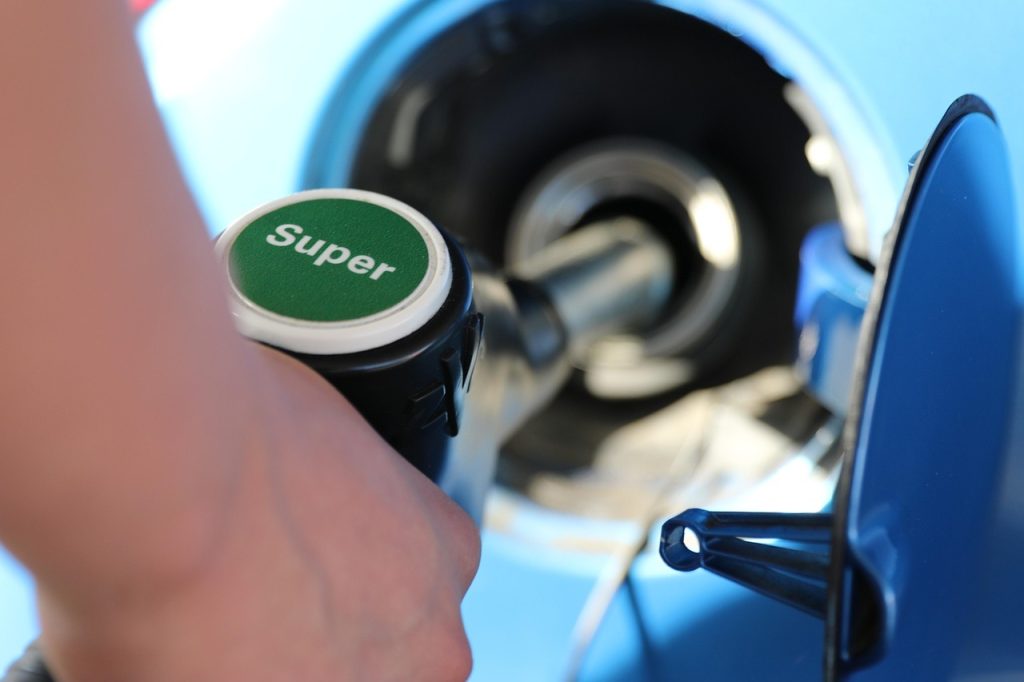
2. Emergency Use — How to Safely Extract or Transfer Fuel
Fuel Extraction: Choosing the Right Tube
When you’re stranded with no fuel and try to siphon from another car, you may find the hose gets stuck or nothing comes out. That’s because a one-way valve sits between the filler neck and tank.
You can still insert a tube past it — just twist gently while pushing it in.
✅ Choose the right hose:
- Use a semi-rigid, smooth plastic tube.
- Avoid very soft hoses (they fold easily) or corrugated ones (they get stuck).
A good tube slides smoothly and can be removed without trouble.
3. Common Questions — What’s Normal and What’s Not?
Hissing Sound When Opening the Fuel Cap
Sometimes you’ll hear air escaping (“psst”) or sucking in when removing the cap.
This is completely normal — it’s caused by pressure differences inside the tank.
- When parked for a long time, positive pressure builds up → air escapes.
- After a long drive, negative pressure forms → air gets sucked in.
Only if it’s a loud pop or the cap feels vacuum-sealed should you have it checked.
Fuel Pump “Click-Off”: Why It Happens and Should You Keep Filling?
When the pump nozzle clicks off, many drivers wonder: Can I still add more to round up the total?
Here’s how it works: as you fill up, the air in the tank escapes through a vent pipe. Once fuel reaches the top, that vent gets blocked, creating back pressure, which triggers the nozzle to stop.
💡 Rule of thumb:
- Adding a few extra dollars (e.g., $3–5) is fine.
- Adding much more (like $20–30) risks overfilling and damaging the vapor recovery system.
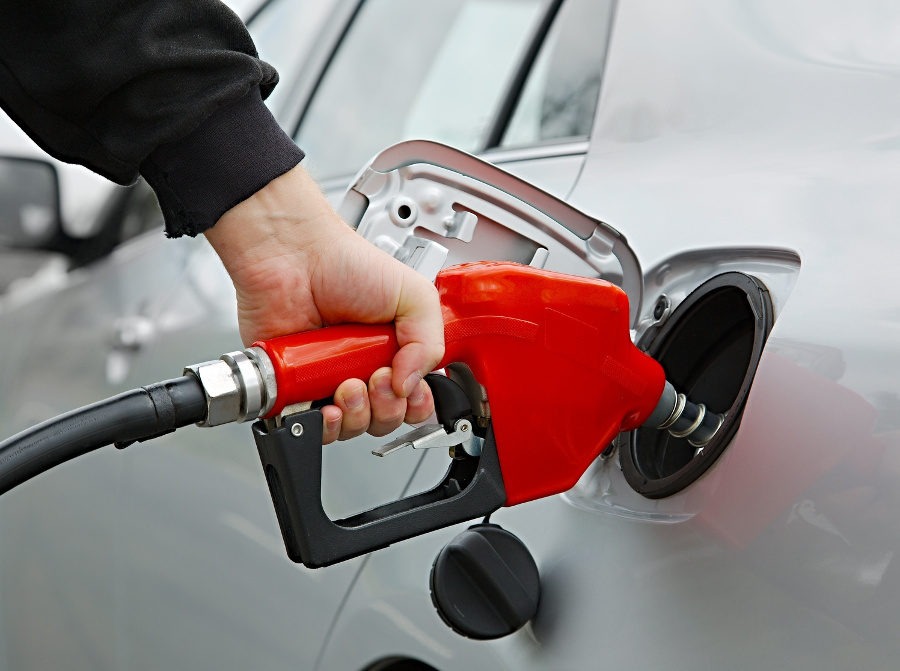
4. Hidden Design Details — The “Small Parts” That Make a Big Difference
Anti-Slosh Baffles: Why You Don’t Hear Fuel Splashing
Ever wonder why you don’t hear fuel sloshing around in your tank? That’s because of anti-slosh plates — partitions that reduce liquid movement and noise.
If you suddenly hear “sloshing” noises when braking or cornering, your baffle plate may be loose or missing. It’s not dangerous, but it can be annoying — worth checking at your next service.
Fuel Pump: Smarter Than You Think
Older cars had fuel pumps directly at the tank bottom, meaning once the fuel got low, they could suck air and cause stalling.
Modern pumps, however, come with a mini fuel cup. It stores enough fuel to keep the engine running even when the tank is nearly empty, allowing it to use almost every drop.
Bonus facts:
- The pump adjusts its speed: slow at low throttle, fast at high throttle.
- When you turn the key to “ON,” the pump runs for about 3 seconds to build pressure — that’s normal.
- Any unused fuel returns to the tank via a return line, ensuring nothing is wasted.
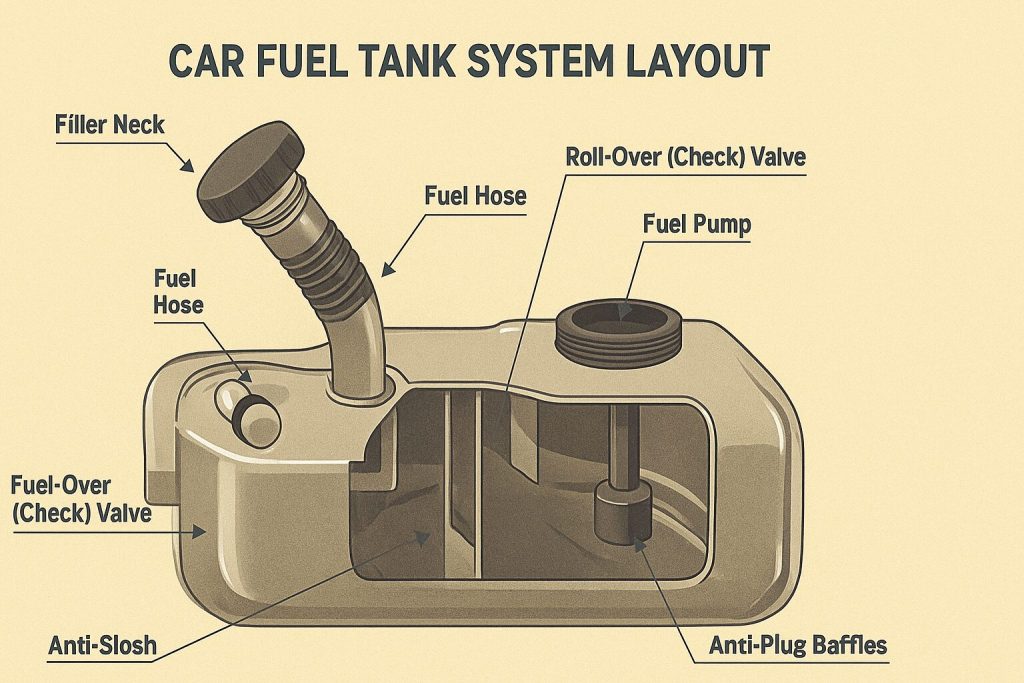
🧩 Summary
These 8 car fuel tank tips cover nearly every driver’s real-world question:
- How to choose the right hose clamp
- What to do if fuel sprays when refueling
- How to siphon gas safely
- Why your cap hisses or nozzle clicks off
- The hidden engineering that makes your fuel system quiet and efficient
Next time you face one of these “weird” situations, you’ll know it’s not a big deal — just your fuel system doing its job!
If you have a need to buy a car, or if you run a car business, we’re here to help. As a leading exporter with over 20 years of experience, DDong Used Cars offers a wide range of vehicle brands (100+), efficient logistics, and after-sales support.
Contact us today to learn more. Simply let us know what you’re looking for, and we’ll provide you with an unmatched sourcing experience. Explore our news section for more automotive insights and tips for running a successful dealership.
FAQ: Car Fuel Tank Tips
1. Why does my fuel cap make a hissing sound?
Because of normal pressure changes in the tank. It’s not a leak unless the sound is very loud or the cap is hard to remove.
2. Is it bad to fill the tank after the pump clicks off?
Adding a few dollars is okay, but overfilling can cause pressure issues or damage the vapor recovery system.
3. How can I tell if my rollover valve is broken?
If fuel splashes or sprays when refueling, your rollover valve may be faulty — get it inspected.
4. Why is my car suddenly making a sloshing sound?
It’s likely the anti-slosh baffle inside the tank came loose. It’s harmless but noisy.
5. Should I worry if I run the fuel tank low often?
Modern fuel pumps are protected, but it’s still better to refill early to reduce wear and prevent debris from entering the system.
6. How does the fuel pump “prime” before startup?
When you turn the ignition to “ON,” the pump runs briefly to build pressure, ensuring smooth engine startup.

